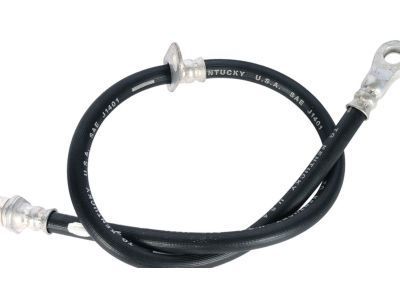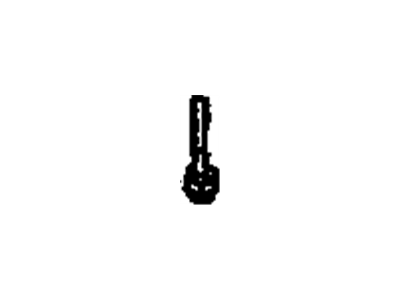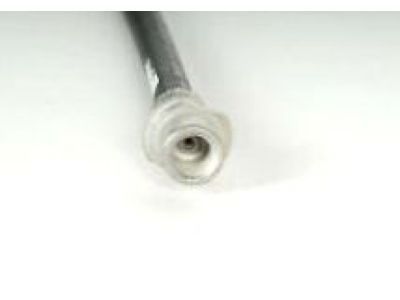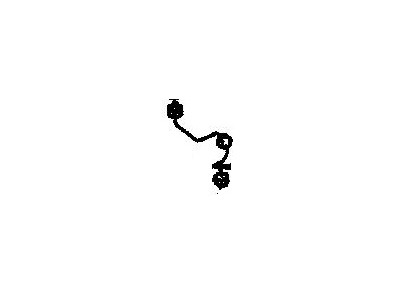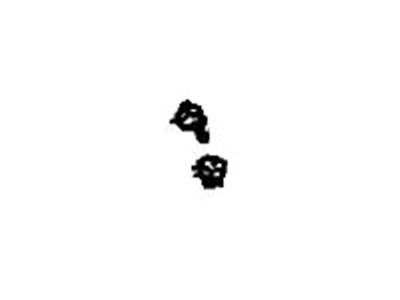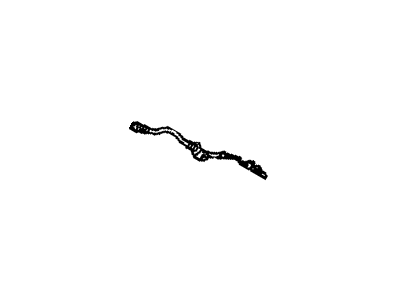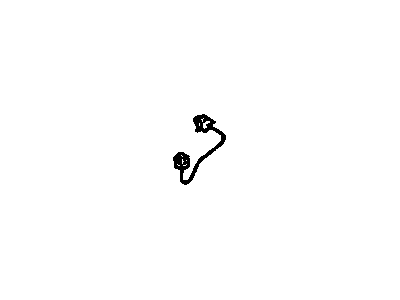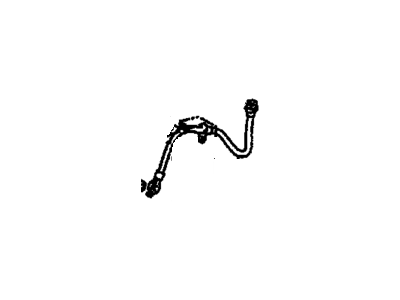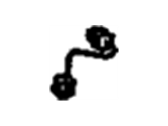My Garage
My Account
Cart
Genuine Pontiac Vibe Brake Line
Brake Hose- Select Vehicle by Model
- Select Vehicle by VIN
Select Vehicle by Model
orMake
Model
Year
Select Vehicle by VIN
For the most accurate results, select vehicle by your VIN (Vehicle Identification Number).
46 Brake Lines found
Pontiac Vibe Hose,Front Brake
Part Number: 19184374$19.06 MSRP: $28.07You Save: $9.01 (33%)Ships in 1-2 Business DaysPontiac Vibe Pipe,Rear Brake
Part Number: 19184363$11.48 MSRP: $80.20You Save: $68.72 (86%)Ships in 1-2 Business DaysPontiac Vibe Pipe,Brake Pressure Mod Valve Rear Brake
Part Number: 88973618$4.36 MSRP: $103.70You Save: $99.34 (96%)Ships in 1-2 Business Days
| Page 1 of 3 |Next >
1-20 of 46 Results
Pontiac Vibe Brake Line
The Pontiac Vibe Brake Line is essential in conveying the brake fluid from the master cylinder to the brake caliper pistons thus helping the hydraulic braking system to efficiently work. These are well known facts and are caused mainly by corrosion and impacts that results to brake fluid leakage and reduction of pressure at the brake lines made from metal material. Brake hoses can also be worn out physically or internally which on extent reduces the brakes' efficiency. When replacement is required, the kits of the prebent brake line and the brake hoses made of stainless steel are provided for easy replacement. Replacing them with the much better quality braided stainless steel hoses can give a firmer plus more sensitive brake pedal, which is perfect for any racing.
Each OEM Pontiac Vibe Brake Line we offer is competitively priced and comes with the assurance of the manufacturer's warranty for the part. Furthermore, we guarantee the speedy delivery of your orders right to your doorstep. Our hassle-free return policy is also in place for your peace of mind.
Pontiac Vibe Brake Line Parts Questions & Experts Answers
- Q: How to inspect and replace rubber brake hoses and brake line on Pontiac Vibe?A: It is necessary to inspect these rubber hoses every half a year to check if there are any cracks, chafing, leaks, blisters or other damages. It is important to point out that these hoses are one of the weak points of the brake system. In order to remove the front brake hose, it is necessary to loosen wheel lug nuts, raise the vehicle and securely support it on jackstands; unscrew the brake line fitting from the hose at the frame bracket using a flare-nut wrench. Take off U-clip from female fitting at bracket and pass hose through bracket. Remove banjo fitting bolt at caliper end and separate hose from caliper. To install hose, pass caliper fitting end through strut bracket and connect it to caliper using banjo bolt and copper washers. Insert metal support into strut bracket; once more insert U-clip. Route hose into frame bracket ensuring it is not twisted and connect brake line fitting. After installing clip and E-ring (if equipped), tighten this fitting securely. Bleed caliper, install wheel, lower vehicle and tighten lug nuts onto wheels safely. For rear brake hose follow similar steps as for removal and installation process too. When replacing brake lines with genuine steel brake lines ensure they are sufficiently supported in brackets with adequate clearance. After installation, check Master Cylinder fluid level, bleed Brake System and test brakes before driving vehicle.

